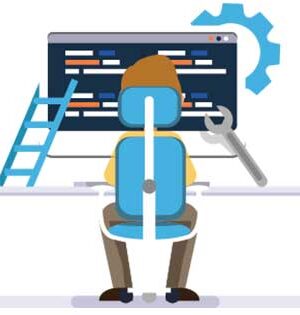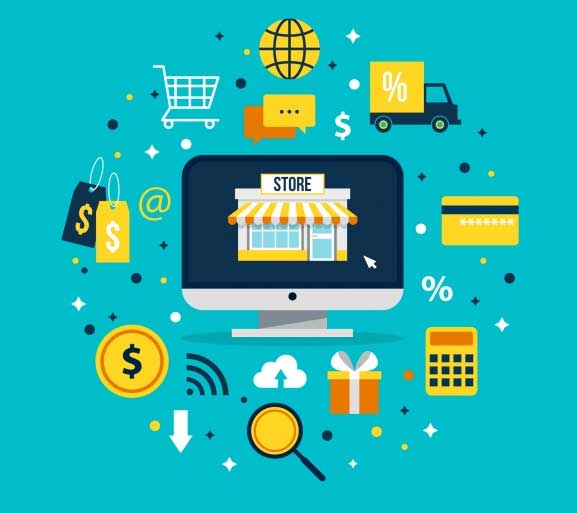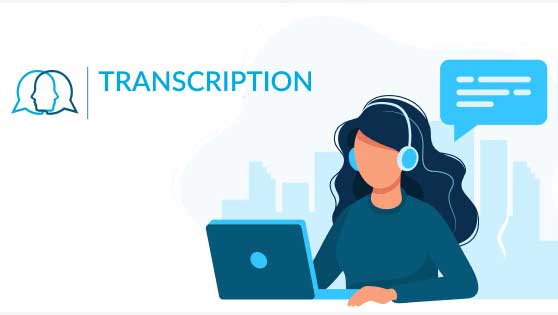
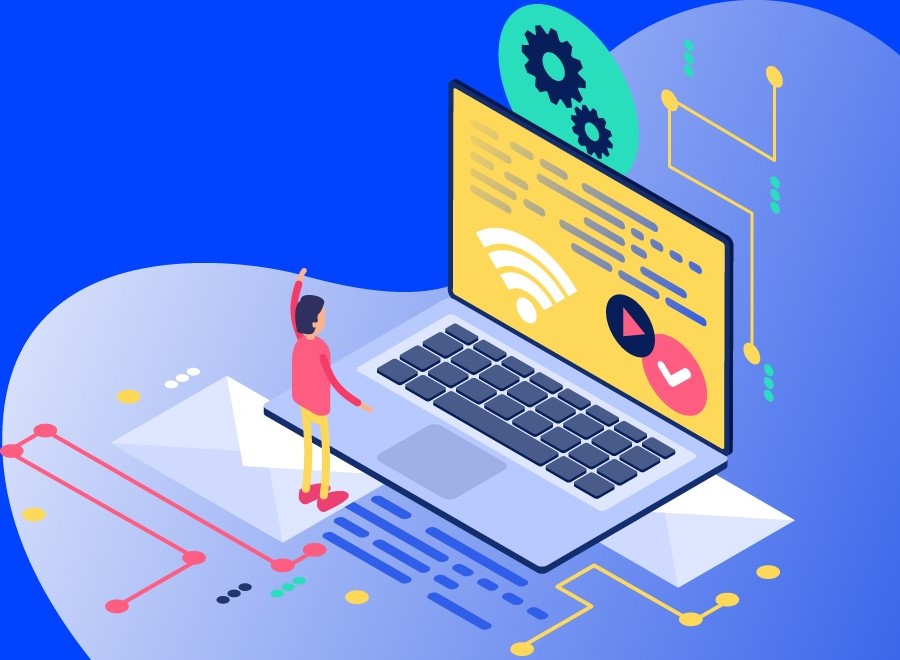
Desktop applications are now essential resources for both enterprises and individuals in today’s high-tech world. Desktop applications still have a significant niche because of their unrivaled performance, security, and robustness, despite the fact that the emergence of web-based and mobile apps may have turned the focus to cloud computing and mobility. The significance and advantages of desktop applications will be discussed in this blog post, illuminating the reasons why they are still a vital resource in a variety of industries.
Desktop Applications are Defined and Have Certain Features:
Desktop applications, often known as native applications, are software applications created to run on certain operating systems, such as Windows, macOS, or Linux. Desktop apps are installed locally on a user’s computer and offer direct access to system resources, in contrast to web programs, which depend on an internet connection to function. Desktop applications are enabled by this distinctive feature to offer greater performance, effective memory management, and seamless integration with other software and hardware elements.
“Desktop applications remain a cornerstone of digital productivity, as they empower users with offline capabilities, enhanced performance, and a seamless user experience. In the words of software pioneer Bill Gates, ‘The PC has improved the world in just about every area you can think of. Amazing developments in communications, collaboration, and efficiencies are possible with the continued evolution of desktop applications.”
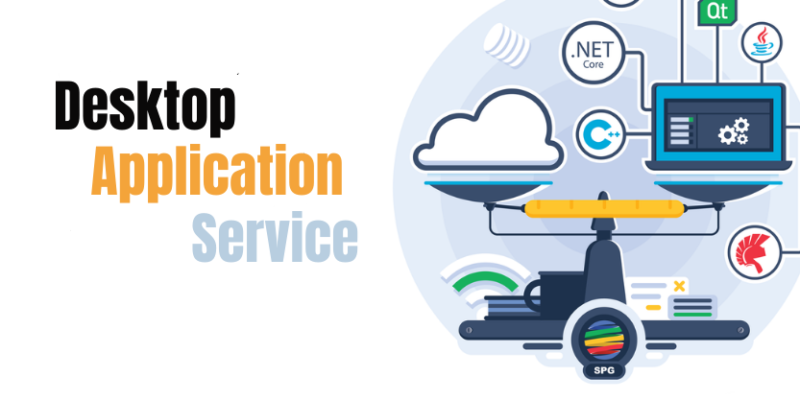
Performance and Responsiveness Improvements:
Desktop Applications take advantage of the user’s computer’s processing capability to effectively manage complex tasks and process data. They have improved response speeds and lower latency since they operate locally and have direct access to system resources. Real-time performance is essential for productivity in applications that use a lot of resources, such as computer-aided design (CAD) tools, video editing software, or data analysis software.
Online Accessibility:
The fact that desktop apps may run without an internet connection is one of their key advantages. Desktop applications provide constant access to essential features and data, independent of the availability of the internet, in contrast to web apps that demand constant connectivity. Professionals who frequently travel or work in remote locations would especially benefit from this functionality, which enables them to operate without interruption even in offline settings.
Reliable Data Protection and Security:
Because they are more locally focused than web applications, desktop applications provide an extra degree of protection. There is little external threat or vulnerability exposure because the software and data are on the user’s PC. To protect sensitive information and successfully reduce risks, developers can make use of a variety of security methods, including access limits, encryption algorithms, and sandboxing approaches.
Adaptation to System Resources:
Deep operating system and other hardware component integration is a benefit of desktop apps. With this connection, they may access local files, interface with peripherals like printers and scanners, efficiently use system resources and seamlessly interact with databases. Users can take full advantage of their hardware and software environment thanks to such integrations, which contribute to a more streamlined and effective workflow.
Individualised User Experience:
Desktop applications provide a singular chance for developers to design user interfaces that are suited to the hardware and operating system capabilities. Developers can produce apps that feel native to the operating system, leading to a more user-friendly and intuitive interface, by following platform-specific design principles and utilizing native APIs and libraries. A favorable experience when using the program is fostered by this level of personalization, which also promotes usability and user happiness.
Additional Privacy Control:
Users have more control over their privacy and data because desktop applications don’t rely on external servers or cloud-based infrastructure. With this level of management, people and organizations can exert more control over how their data is handled, processed, and shared. To improve their data security posture, users can choose to restrict network communication, modify privacy settings, and verify compliance with data protection laws.
Updates and Distribution of Software Made Simpler:
Both developers and end users can more easily distribute and update software using desktop applications. The application can be packaged by the developers into a solitary installer file, making it simple to distribute and install on several computers. Furthermore, they are in charge of the update system, enabling the seamless distribution of bug fixes, security patches, and feature upgrades. Users take advantage of a simple installation process and the convenience of automatic updates, which guarantees they have access to the most recent version of the application with enhanced functionality and bug fixes.
Case Studies For Desktop Application:
1. Evernote: Transforming Note-Taking and Organization
Summary: Evernote revolutionized personal and professional note-taking by offering a central repository for text, images, audio, and video. Its desktop application became a go-to tool for millions, demonstrating the potential of desktop applications to enhance productivity and organization.
Reference: https://cloud.google.com/customers/evernote
2. Spotify: Revolutionizing Music Streaming
Summary: Spotify’s desktop application created a seamless and user-friendly experience for music streaming, offering vast libraries and personalized recommendations. It highlighted the power of desktop applications in delivering rich multimedia experiences and driving engagement.
Reference: https://moiglobal.com/spotify-case-study-202008/
3. Slack: Redefining Team Communication
Summary: Slack’s desktop application transformed team communication by providing a centralized platform for messaging, file sharing, and project management. It demonstrated the importance of desktop applications in facilitating collaboration and boosting team productivity.
Reference: https://medium.com/empathy-for-change/slack-case-study-5833a57289d2
4. AutoCAD: Empowering Architects and Engineers
Summary: AutoCAD’s desktop application has been a staple in the design and engineering world for decades. Its precise tools and robust features empowered professionals to create complex 2D and 3D models, highlighting the crucial role of desktop applications in specialized workflows.
Reference: https://www.autodesk.com/customer-stories/case-studies
5. Adobe Photoshop: The Industry Standard for Image Editing
Summary: Adobe Photoshop’s desktop application set the gold standard for image editing and manipulation. Its wide range of tools and features empowered photographers, designers, and artists to create stunning visuals, showcasing the power of desktop applications in creative fields.
Reference: https://www.adobe.com/creativecloud/business/teams/resources/how-to/case-study.html
Facts And Sources:
Desktop applications have been around since the early days of personal computing. Some of the earliest examples include word processors, spreadsheets, and database management systems. Over time, desktop applications have become increasingly sophisticated, offering a wide range of features and functionality.
TechTarget: https://whatfix.com/blog/desktop-application/
General FAQs
How can desktop applications boost productivity in the workplace?
Desktop applications are designed for optimal performance on individual devices, minimizing load times and providing faster access to tools and resources. This efficiency translates into improved productivity as users can work seamlessly without the delays associated with web-based applications.
Can desktop applications improve collaboration among team members?
Absolutely. Desktop applications often come with features that facilitate collaboration, such as real-time document editing, file sharing, and communication tools. These capabilities enhance teamwork and contribute to overall efficiency in project workflows.
What advantages do offline capabilities in desktop applications offer for productivity?
Offline functionality is a significant productivity booster, allowing users to continue working without interruption, even in areas with limited or no internet connectivity. This ensures uninterrupted access to critical tools and resources, contributing to consistent productivity levels.
How do desktop applications contribute to a more secure work environment?
Unlike web applications that rely on continuous internet connectivity, desktop applications store data locally, reducing the risk of data breaches. Additionally, developers implement robust security measures, encryption, and access controls to safeguard sensitive information, enhancing overall security in the workplace.
Can existing systems be seamlessly integrated with desktop applications?
Yes, one of the strengths of desktop application development is its ability to integrate seamlessly with existing business systems. This integration ensures a smooth transition, allowing businesses to leverage their current infrastructure and avoid disruptions in workflow.
In a Nutshell, Summarizing the Key Points Succinctly for Quick Comprehension:
Desktop applications continue to keep their position as potent and dependable tools for numerous industries, despite the huge growth in popularity of Web Applications and mobile apps in recent years. For professionals and enterprises looking to increase productivity and efficiency, they are the go-to option thanks to their unrivaled performance, offline availability, strong security, system integration capabilities, customizable user experiences, privacy management, and simplified distribution methods.
Desktop apps will surely adapt and innovate to meet users’ evolving needs as technology continues to advance. Desktop applications offer a solid platform for leveraging efficiency and producing outstanding results, whether it be for resource-intensive jobs, data-sensitive procedures, or specialized functionality.





